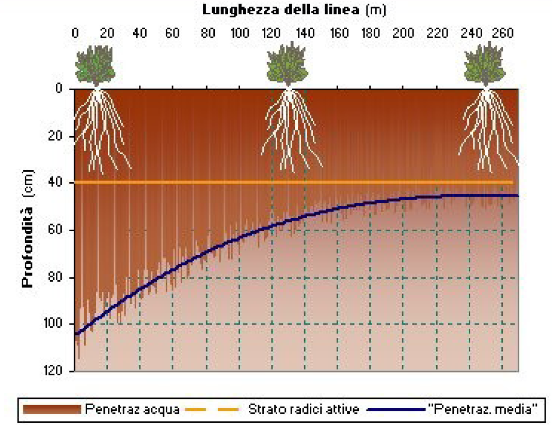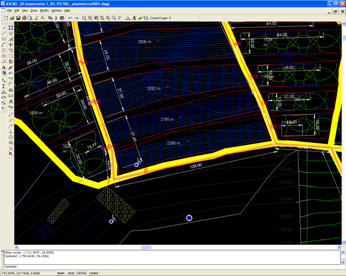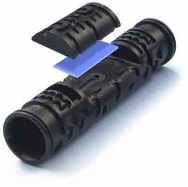Why to design irrigation systems
Page 2 of 3
Generally the farmer aims to meet plants’ needs, only where few water arrives, but he risks to irrigate too much other parts, waste water which runs over the surface or leach deeply, and consequently damage the cultivation and consume more energy for pumping.IIn an irrigation system that has 70% of efficiency, a third of water isn’t used by roots of plants.


Generally the technicians haven’t the necessary tools to design and analyze the network in a correct and careful way. They rely a lot on drawing softwares which find out the path of the pipes, calculate the amount of pipes and emitters to use and don’t estimate the quality of irrigation. The hydraulic design has to be focused on maximum values of uniformity, the factor that most influences the crop yield response.To properly design a system and achieve the right quality of irrigation, it's necessary to obtain uniformity of distribution of 90%. Also, wanting to meet a more restrictive eligibility project, you must contain the change of discharge of all parts of the system in a range of 10% of the nominal discharge.

Even if it uses pressure-compensated emitters the network has to be inside a pressure range in order to allow the correct working. In addition, these emitters have shorter service life than other ones, are more expensive and require more care.

Even if it uses pressure-compensated emitters the network has to be inside a pressure range in order to allow the correct working. In addition, these emitters have shorter service life than other ones, are more expensive and require more care.
